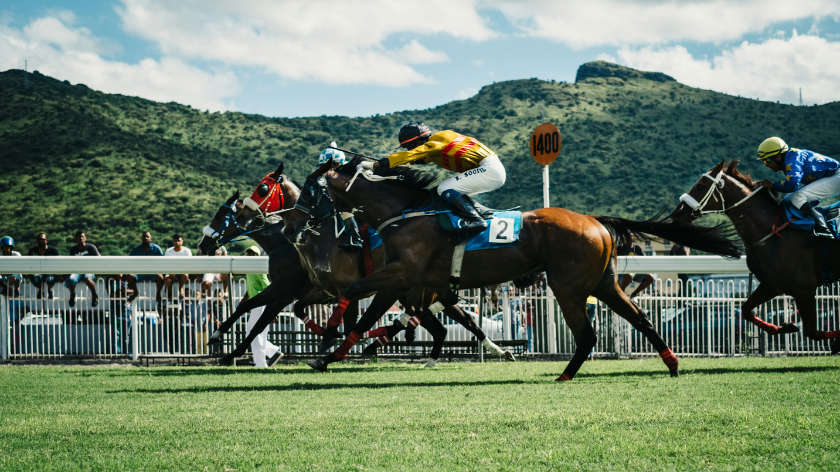
The world of horse betting has evolved dramatically over the years, blending tradition with modern technology to shape strategies that appeal to both seasoned punters and newcomers.
A fascinating chapter in this evolution is the legendary story of Yellow Sam, a tale that underlines the transformative impact of regulations and analytics on the sport.
In 1975, Irish gambler Barney Curley orchestrated one of the most audacious betting coups in horse racing history. Exploiting the communication limitations of the time, he strategically placed large bets on a horse named Yellow Sam at 20-1 odds, netting over £300,000 when the horse won. The event prompted stricter regulations and marked a turning point in how punters approached horse betting.
In the decades since Yellow Sam’s victory, the landscape of horse betting has undergone a seismic shift. The introduction of technology and data analytics has revolutionised the way bettors make decisions. Today’s racecards offer punters a wealth of information, from detailed statistics on horses, trainers, and jockeys to advanced predictive models, allowing them to make informed decisions based on research and insight rather than manipulation.
This evolution has placed a premium on knowledge and preparation. Understanding a horse’s past performance, the trainer’s track record and the jockey’s skill level can provide valuable clues about a race’s likely outcome. Environmental factors such as track conditions and weather also play a crucial role. For example, rain affects track conditions, often turning dirt tracks muddy or turf tracks slippery, influencing how well horses can grip the surface. High temperatures can lead to dehydration and heat stress in horses, reducing their stamina and performance. By leveraging these insights, bettors can make informed decisions that are grounded in analysis rather than chance.
The Yellow Sam story serves as a cautionary tale and a reminder of how far the sport has come. While Curley’s ingenuity is undeniable, his methods belong to an era when information asymmetry could be exploited with relative ease. His actions highlighted the vulnerabilities of the betting industry at the time, where a lack of real-time communication and oversight created opportunities for dramatic exploits. Today’s betting environment, shaped by technological advancements and stricter regulations, is far more transparent. The emphasis has shifted away from exploiting loopholes and toward strategies built on fair play, detailed research, and informed decision-making.
Although there is much to be learned from the past, honesty, and planning should always be prioritized. History's lessons, like the resourcefulness of coups like Yellow Sam, are both a source of inspiration and a caution. Even while the days of spectacular coups may be over, strategy and understanding still form the foundation of the sport.
The challenge of outsmarting the odds by carefully researching and having an awareness of the numerous variables that affect horse racing is what keeps the sport exciting and popular. Today's bettors may participate in the sport in a way that respects its rich past while welcoming its development by emphasizing readiness, education, and fair play.














